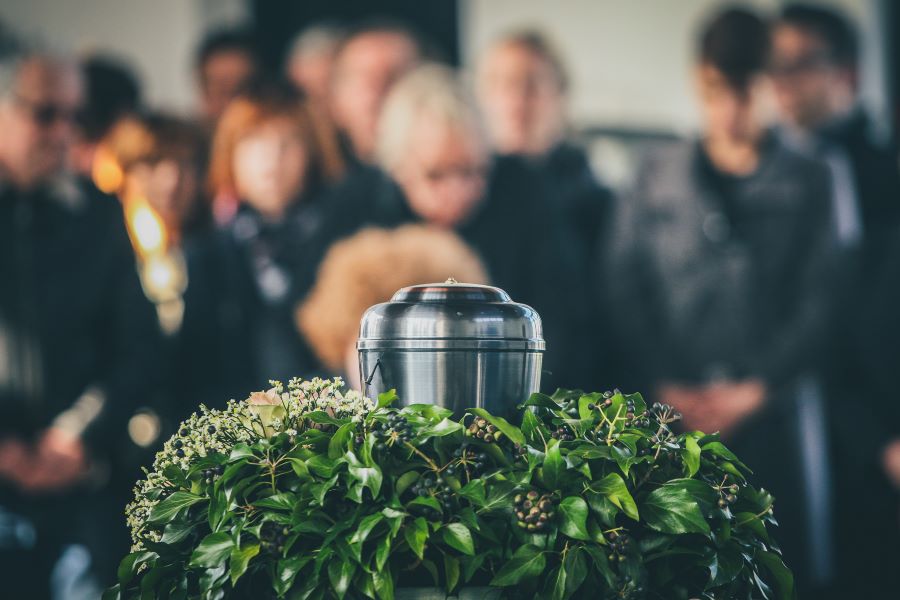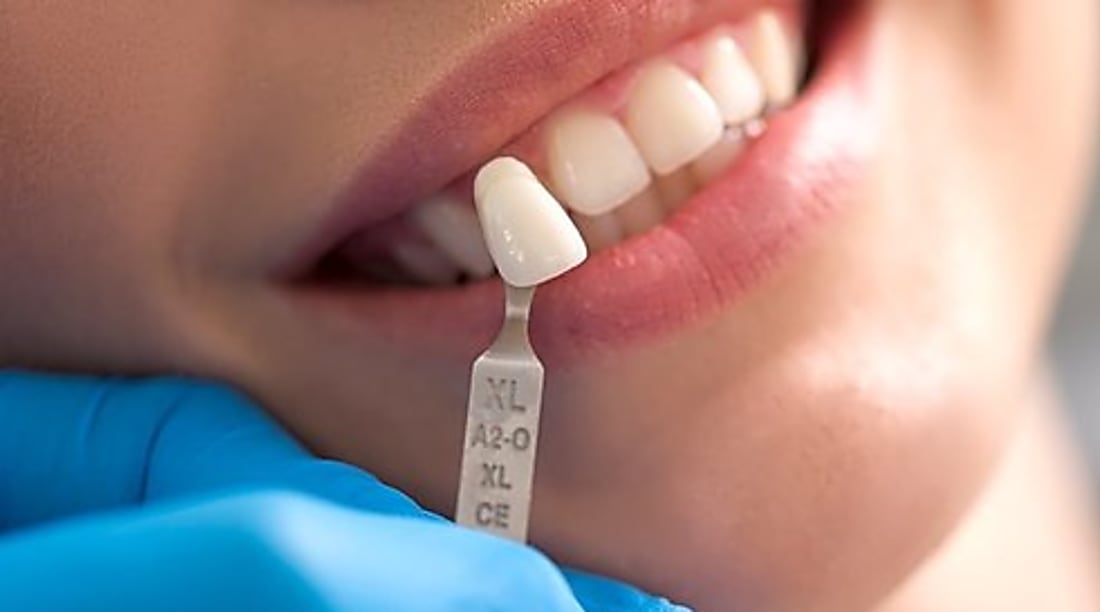Understanding the Cremation Process: Step-by-Step Overview
Cremation is a deeply personal choice, yet many people don’t fully understand what the process involves. From the moment a loved one is prepared for cremation to the final return of the ashes, each step is carried out with care, respect, and attention to detail. This article walks you through the modern cremation process—from identification and preparation to the cremation itself and the handling of remains. Whether you’re planning ahead, coping with a loss, or simply curious, this clear and transparent overview may bring comfort, clarity, and peace of mind.

When a family chooses cremation, understanding each stage of the process can provide comfort and clarity during a difficult period. The cremation process follows strict regulations and procedures designed to treat the deceased with dignity and respect. From the moment arrangements are made until ashes are returned to the family, every step is carefully managed by trained professionals who ensure compliance with legal requirements and ethical standards.
How Is the Cremation Process Explained?
The cremation process explained begins with understanding that cremation is a method of final disposition that uses high heat to reduce human remains to bone fragments, which are then processed into ashes. In the UK, cremation must be carried out at a licensed crematorium, and strict procedures govern every aspect of the process. The entire procedure typically takes between two to three hours, depending on various factors including body size and the type of cremation chamber used. Modern cremation practices have evolved significantly, incorporating advanced technology that ensures efficiency, environmental consideration, and respectful handling throughout.
What Preparation Before Cremation Is Required?
Preparation before cremation involves several essential steps. First, the deceased must be identified, and all necessary legal documentation must be completed. In the UK, this includes obtaining medical certificates and cremation forms signed by two doctors and a medical referee. The body is typically placed in a suitable coffin or container that meets crematorium standards—these must be combustible and free from certain materials like PVC or metal handles. Any medical devices such as pacemakers must be removed, as they can explode during cremation. Jewellery is usually removed and returned to the family unless specifically requested to remain with the deceased. The body is then labelled with a unique identification system that remains throughout the process, ensuring complete traceability.
What Happens During Cremation?
What happens during cremation is a carefully controlled process. The coffin is placed into a cremation chamber, also called a cremator, which reaches temperatures between 800 and 1000 degrees Celsius. The intense heat and flames reduce the body and coffin to bone fragments and ash over approximately 90 minutes to two hours. Throughout this time, the crematorium operator monitors the process to ensure it proceeds correctly. The identification system remains with the remains at all times. Once the cremation is complete, the chamber is allowed to cool slightly before the remains are carefully removed. Any metal items, such as surgical implants or coffin fittings, are separated and typically recycled through specialist metal recycling schemes, with proceeds often donated to charity.
How Are Ashes Handled and Returned?
Handling and returning ashes follows strict protocols to maintain dignity and prevent any mix-up. After removal from the cremator, the bone fragments are processed using a cremulator, a machine that reduces them to a fine, sand-like consistency. These cremated remains, commonly called ashes, typically weigh between 1.5 to 3.5 kilograms for an adult. The ashes are placed in a temporary container or an urn chosen by the family. The same identification system used throughout ensures the correct ashes are returned to the right family. Families can usually collect the ashes within a few days of the cremation, though some crematoriums offer delivery services. Families then have various options for the ashes, including burial in a cemetery plot, placement in a columbarium, scattering in a designated area, or keeping them at home.
What Are Modern Cremation Practices?
Modern cremation practices reflect advances in technology, environmental awareness, and changing social attitudes. Many UK crematoriums have upgraded to more efficient cremators that reduce fuel consumption and emissions. Some facilities now offer eco-friendly options, including bio-cremation or alkaline hydrolysis, though these remain less common than traditional flame-based cremation. Digital technology has also entered the cremation sector, with some crematoriums offering webcasting services that allow distant family members to attend services virtually. Crematoriums increasingly provide more personalized services, including music choices, visual tributes, and longer service times. Environmental considerations have led to initiatives like mercury abatement systems that filter harmful emissions, and woodland burial sites where ashes can be interred in natural settings. These modern cremation practices demonstrate the industry’s commitment to meeting evolving family needs while maintaining the highest standards of care and environmental responsibility.
Conclusion
Understanding the cremation process can help families make informed decisions during a challenging time. From the careful preparation before cremation through the actual cremation procedure and the respectful handling and returning of ashes, every step is designed to honour the deceased with dignity. Modern cremation practices continue to evolve, offering families more choices while maintaining strict standards. Whether you are pre-planning your own arrangements or making decisions for a loved one, knowing what to expect can provide reassurance that the process will be carried out professionally, respectfully, and in accordance with your wishes.




